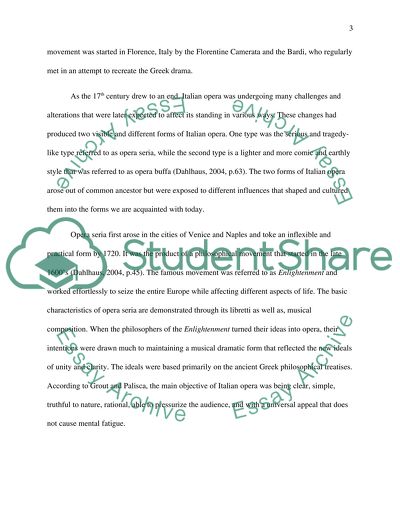Cite this document
(“Compare differences of history and performance styles between Italian Essay”, n.d.)
Compare differences of history and performance styles between Italian Essay. Retrieved from https://studentshare.org/music/1686798-compare-differences-of-history-and-performance-styles-between-italian-opera-and-chinese-opera
Compare differences of history and performance styles between Italian Essay. Retrieved from https://studentshare.org/music/1686798-compare-differences-of-history-and-performance-styles-between-italian-opera-and-chinese-opera
(Compare Differences of History and Performance Styles Between Italian Essay)
Compare Differences of History and Performance Styles Between Italian Essay. https://studentshare.org/music/1686798-compare-differences-of-history-and-performance-styles-between-italian-opera-and-chinese-opera.
Compare Differences of History and Performance Styles Between Italian Essay. https://studentshare.org/music/1686798-compare-differences-of-history-and-performance-styles-between-italian-opera-and-chinese-opera.
“Compare Differences of History and Performance Styles Between Italian Essay”, n.d. https://studentshare.org/music/1686798-compare-differences-of-history-and-performance-styles-between-italian-opera-and-chinese-opera.


